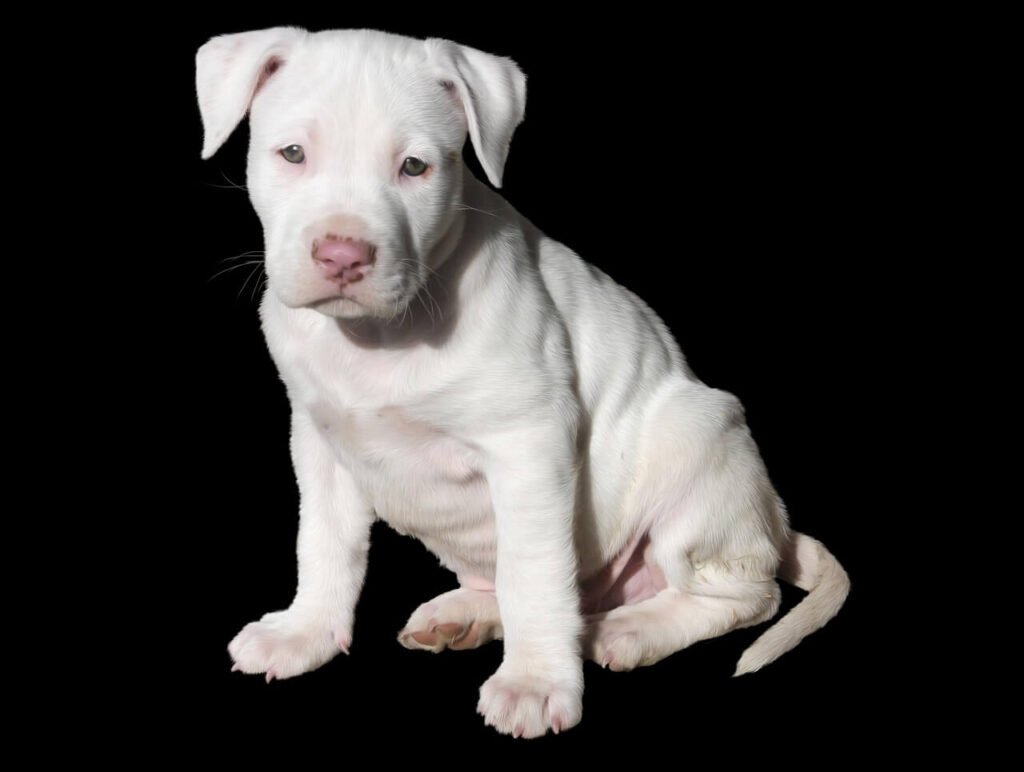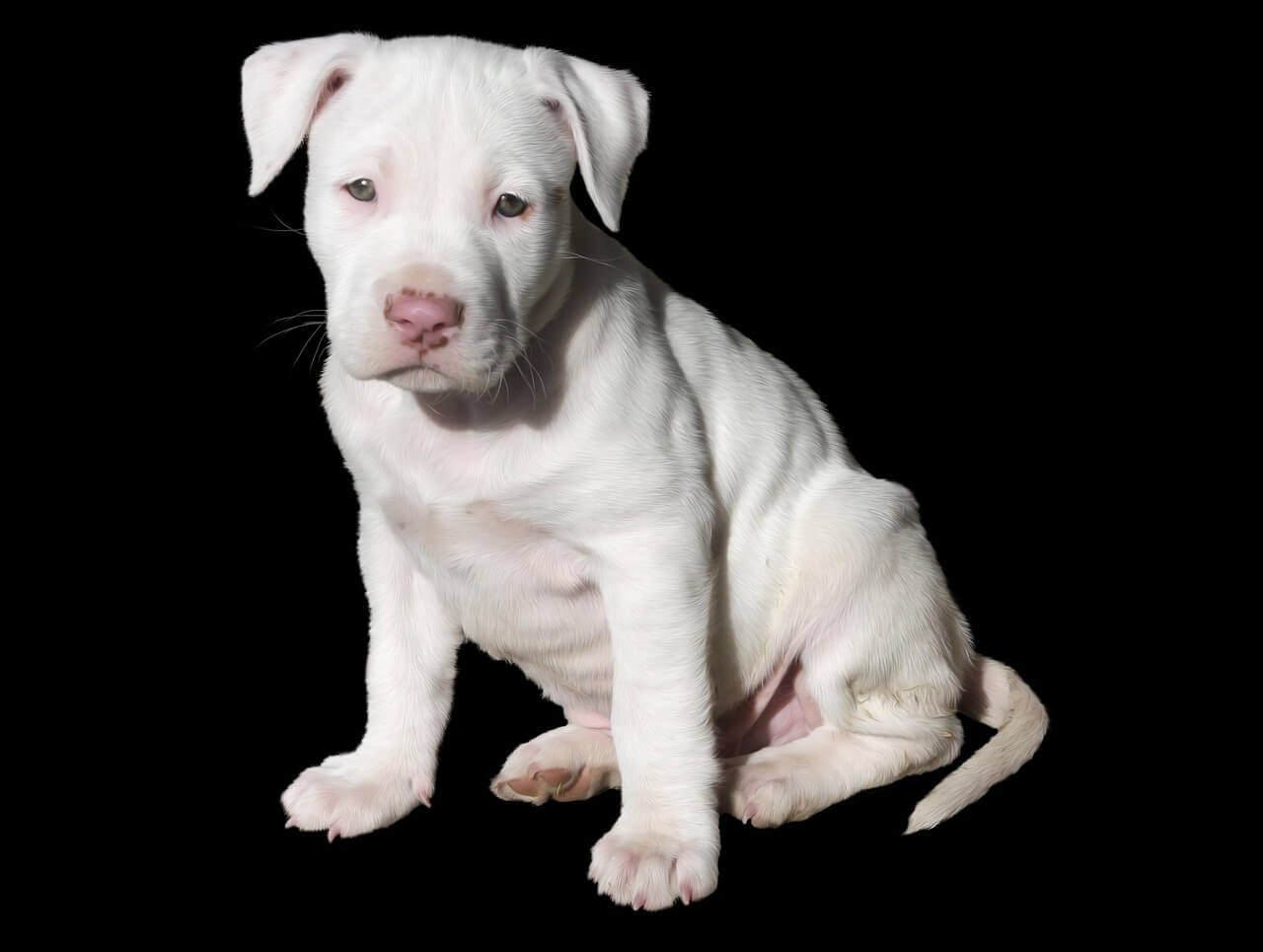How to Cover a Wound on a Dog: A Step-by-Step Guide
Whether your dog got into a scuffle, had a minor accident, or simply scratched themselves, knowing how to cover a wound on a dog is an essential skill for every pet owner. Proper wound care not only promotes faster healing but also prevents infections that could lead to more serious complications. While some wounds may require veterinary attention, many minor injuries can be managed at home with the right approach. In this blog post, we’ll walk you through everything you need to know about covering a wound on your dog, from cleaning and dressing to monitoring for signs of trouble. With patience and care, you can help your furry friend recover quickly and comfortably.
Essential Supplies for Covering a Dog’s Wound
Before you begin treating your dog’s wound, it’s important to gather the necessary supplies. Having everything ready ensures a smooth process and minimizes stress for both you and your pup. Here’s what you’ll need:
Clean Towels or Gauze: Use these to gently clean the wound and absorb any bleeding.
Antiseptic Solution or Saline: Choose a pet-safe antiseptic or saline solution to clean the area without causing irritation.
Non-Stick Bandages or Dressings: These protect the wound while preventing sticking to fur or skin during removal.
Self-Adhesive Vet Wrap: This flexible bandage sticks to itself, not your dog’s fur, making it ideal for securing dressings.
Elizabethan Collar (E-Collar): Prevents your dog from licking or chewing the wound, which can delay healing or cause infection.
Having these supplies on hand ensures you’re prepared to handle minor wounds effectively and safely.
Step-by-Step Guide to Covering a Dog’s Wound
Properly covering a wound involves several key steps to ensure it heals cleanly and without complications. Follow this step-by-step guide to care for your dog’s injury:
Assess the Wound: Examine the injury to determine its severity. Deep cuts, punctures, or heavily bleeding wounds may require immediate veterinary care.
Clean the Area: Gently rinse the wound with saline or a pet-safe antiseptic to remove dirt, debris, and bacteria.
Apply a Dressing: Place a non-stick pad over the wound to protect it and absorb any discharge.
Secure the Bandage: Use self-adhesive vet wrap to hold the dressing in place, ensuring it’s snug but not too tight to restrict circulation.
Prevent Licking or Chewing: Fit your dog with an Elizabethan collar to stop them from interfering with the bandage or wound.
By following these steps carefully, you can help your dog’s wound heal properly and reduce the risk of infection.
Check this guide 👉Guide to Dog Wound Care: Best 7 Expert Tips!
Check this guide 👉Can I Put Vaseline on My Dogs Wound? Best 7 Expert Tips!
Check this guide 👉Why Dog Bite Wounds Are Not Sutured: Best 7 Health Tips!

Steps to Cover a Dog’s Wound | Why It’s Important |
|---|---|
Assess the wound | Ensures proper treatment and identifies severe injuries |
Clean the area | Removes bacteria and debris to prevent infection |
Apply a dressing | Protects the wound and promotes faster healing |
Secure the bandage | Keeps the dressing in place and shields the injury |
Prevent licking or chewing | Reduces the risk of infection and further damage |
Signs Your Dog’s Wound Needs Veterinary Attention
While many wounds can be treated at home, some require professional care. Knowing when to seek help ensures your dog receives the treatment they need. Here are signs that indicate a trip to the vet is necessary:
Excessive Bleeding: If the wound doesn’t stop bleeding after applying pressure for 5–10 minutes, it may need stitches.
Deep or Puncture Wounds: These can damage underlying tissues and increase the risk of infection.
Swelling or Redness Around the Wound: Indicates possible infection or inflammation that requires antibiotics.
Foul Odor or Discharge: A bad smell or unusual discharge suggests an infected wound that needs medical attention.
Lethargy or Loss of Appetite: These symptoms may signal a systemic issue related to the injury.
If you notice any of these signs, don’t hesitate to contact your veterinarian. Early intervention can prevent complications and speed up recovery.
Tips for Keeping Your Dog Comfortable During Recovery
Helping your dog stay comfortable while their wound heals is just as important as the initial treatment. Here are some tips to make the recovery process easier for your furry friend:
Limit Physical Activity: Restrict running, jumping, or rough play to prevent the wound from reopening.
Check the Bandage Regularly: Ensure the dressing stays clean, dry, and securely in place to avoid irritation.
Monitor for Signs of Discomfort: Watch for excessive licking, whining, or restlessness, which may indicate pain or irritation.
Offer Gentle Reassurance: Spend extra time comforting your dog to reduce anxiety during the healing process.
Follow Up with Your Vet: Schedule follow-up visits to monitor progress and adjust treatment as needed.
By prioritizing your dog’s comfort and well-being, you can support a smoother and faster recovery.
How to Minimize the Risk of Injuries in Your Dog
Preventing wounds is always better than treating them. By taking proactive measures, you can reduce the likelihood of your dog getting injured and needing wound care. Here are some practical tips to keep your furry friend safe:
Supervise Outdoor Play: Keep an eye on your dog during playtime to prevent accidents or encounters with sharp objects.
Dog-Proof Your Home: Remove hazardous items like exposed wires, toxic plants, or small objects that could cause injury.
Use Leashes in Unsafe Areas: Keep your dog on a leash in areas with traffic, wildlife, or other potential dangers.
Trim Nails Regularly: Overgrown nails can snag on objects, causing painful tears or wounds.
Provide Safe Toys: Choose durable, non-toxic toys to avoid choking hazards or injuries from broken pieces.
By implementing these preventive strategies, you can create a safer environment for your dog and reduce the chances of them sustaining wounds.
Understanding How Dogs Get Injured
Knowing the common causes of wounds can help you take steps to avoid them. Dogs are naturally curious and active, which sometimes leads to accidents. Here are some frequent causes of injuries in dogs:
Fights with Other Animals: Scratches, bites, or puncture wounds often occur during altercations with other pets or wildlife.
Sharp Objects: Nails, thorns, glass, or metal can cause cuts or punctures during walks or playtime.
Chewing on Hard Items: Bones, sticks, or hard toys can splinter and injure your dog’s mouth or throat.
Running into Objects: High-energy dogs may collide with furniture, fences, or walls, resulting in bruises or cuts.
Hot Surfaces: Burns can occur if your dog steps on hot pavement, stoves, or grills.
Understanding these risks allows you to take precautions and respond quickly if an injury occurs. Prevention and awareness are key to keeping your dog safe.
How to Tell If Your Dog’s Wound Is Infected
Even with proper care, wounds can sometimes become infected. Recognizing the signs early helps you address the issue before it worsens. Here’s what to look for:
Increased Redness Around the Wound: Persistent or spreading redness indicates inflammation or infection.
Swelling or Warmth: The area around the wound may feel warm to the touch or appear swollen.
Pus or Discharge: Yellow, green, or bloody discharge often signals an infection.
Foul Odor: A strong, unpleasant smell coming from the wound is a clear sign of bacterial growth.
Behavioral Changes: Lethargy, loss of appetite, or irritability may indicate your dog is feeling unwell due to an infection.
If you notice any of these symptoms, consult your veterinarian immediately. Timely treatment can prevent complications and ensure your dog heals properly.
Frequently Asked Questions About Covering a Dog’s Wound
How often should I change my dog’s bandage?
Change the bandage daily or whenever it becomes dirty, wet, or loose to keep the wound clean and protected.
Can I use human antiseptics on my dog’s wound?
Avoid using alcohol, hydrogen peroxide, or other harsh chemicals, as they can irritate your dog’s skin. Stick to pet-safe products.
What if my dog won’t wear an E-collar?
Try alternative options like inflatable collars or body suits, but ensure the wound remains protected at all times.
How long does it take for a dog’s wound to heal?
Minor wounds typically heal within 1–2 weeks, while deeper injuries may take longer and require veterinary care.
Should I shave the fur around the wound?
Trimming or shaving the fur helps keep the area clean and allows the bandage to adhere better, reducing the risk of infection.
Final Thoughts: Supporting Your Dog Through Healing
Covering a wound on a dog may seem daunting at first, but with the right knowledge and tools, you can provide effective care and ensure a speedy recovery. From cleaning and dressing the injury to monitoring for complications, every step you take contributes to your dog’s well-being. Remember, your calm and attentive approach makes all the difference in helping your furry companion feel safe and cared for during their healing journey. If ever in doubt, don’t hesitate to reach out to your veterinarian—they’re there to support you and your dog every step of the way.
Canned Pumpkin for Cat Diarrhea: Best 7 Expert Tips! Natural remedy to firm stools, soothe upset bellies, and support gut health safely.
Can a Cat Give You Scabies? Best 7 Expert Tips! Discover the truth about feline mites, human skin risks, and how to protect yourself—without panic.
Cat Flea vs Human Flea: Best 7 Expert Tips! Discover the truth about bites, species, and how to eliminate infestations for good.
Weird Cat Behaviors: Best 7 Expert Tips! Discover why cats do strange things—and how to understand, not punish, their instincts for a happier home.





